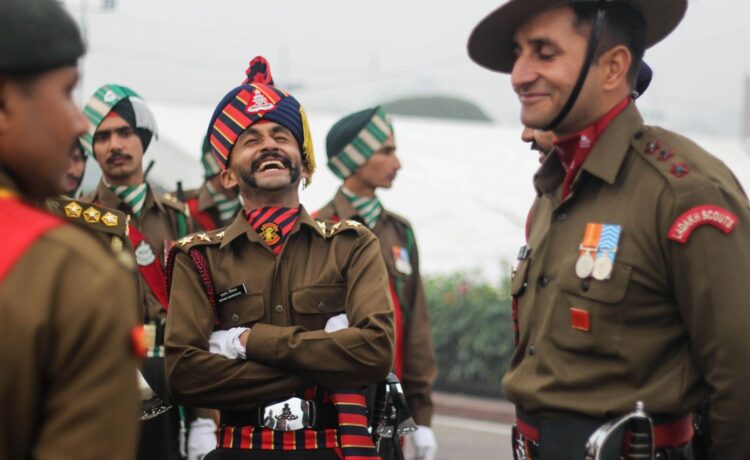Professional development encompasses a variety of components, including formal education, career training, and the symbols of achievement and rank, such as military uniform rank pins. Each element plays a pivotal role in the growth and development of professionals across different fields, whether in military or civilian careers.
Understanding the Significance of Military Uniform Rank Pins
In the military, every detail of the uniform carries a specific meaning and importance, with rank pins being one of the most significant. Military uniform rank pins are not merely ornamental; they signify the bearer’s current rank, accomplishments, and level of responsibility within the service. These pins are worn with pride and respect, reflecting years of dedication and hard work.
The design and placement of these pins are governed by strict military protocols, and they must be worn correctly to convey the correct message. They serve as a quick visual identifier of a service member’s rank, making it easier to maintain the chain of command, which is essential for operational effectiveness and discipline.
The Importance of Career Training in Today’s Job Market
While military professionals emphasize the significance of rank and the visible symbols of their achievements and authority, in the civilian sector, ongoing career training plays a crucial role in professional development. In today’s fast-paced job market, continuous learning and skill upgrading are vital for career advancement and sustainability.
Career training programs provide individuals with the necessary skills to meet the demands of current and future jobs. These programs are often designed to bridge the gap between traditional education and the practical skills needed in the workforce. They can vary from technical training in specific tools and technologies to soft skills like leadership and communication, which are crucial across all professions.
Synergies Between Military Discipline and Career Training
The discipline and structure found in the military can be beneficial in civilian career training environments. The rigor and precision required in military training develop traits that are highly valued in any professional setting, such as reliability, punctuality, and thoroughness. Similarly, the adaptability and resilience taught in the military are crucial for navigating the ever-changing landscape of modern industries.
Moreover, the career training programs often incorporate elements of leadership and management that are akin to the hierarchical and structured environment of the military. Such programs not only teach technical skills but also focus on developing the leadership qualities necessary for high-stakes decision-making and team management, which are also critical in military settings.
Conclusion
The parallels between the structured development seen in military ranks, exemplified by uniform rank pins, and the ongoing professional growth facilitated through career training, highlight a universal theme: the importance of continuous improvement and clear symbols of achievement in professional success. Whether through the adornment of a military uniform with rank pins that signify authority and achievement, or through participation in dynamic career training programs aimed at enhancing professional skills, both paths showcase commitment to professional excellence and readiness to meet the challenges of their respective fields.
By appreciating these elements individually and together, professionals can gain insights into how structured growth and visible achievements contribute to a fulfilling career trajectory, regardless of the field.






